Net metering is a smart billing arrangement that allows homes and businesses in the Philippines to use solar power more economically. With net metering, you can install a solar power panel on your property, generate electricity during the day, and send any surplus back to the grid. You’ll receive credits for that excess power, effectively letting your meter run backwards.
When your panels don’t produce enough, for instance, at night, you draw electricity from the grid and use up those credits. This system is backed by national policies inspired by international frameworks like the Renewable Energy Act, encouraging more Filipinos to switch to sustainable energy. In today’s rising energy cost environment, net metering offers a practical path to reduce your monthly bills and help the planet.
Understanding Net Metering in the Philippine Context
In the Philippines, net metering is governed by the Renewable Energy Act of 2008 and further refined by the Department of Energy (DOE) and the Energy Regulatory Commission (ERC). Here’s how it typically works:
- Bi-directional metering: Your electric utility installs a meter that records electricity flows both from your home to the grid and vice versa.
- Solar generation: During daylight hours, your solar panels may produce more electricity than you use, and this excess is exported to the grid.
- Credit accumulation: You earn credits based on the surplus electricity sent back at the retail rate.
- Drawing from the grid: In low-production periods, you use electricity from the grid, consuming those credits.
- Monthly billing: Your bill shows the net consumption—electricity used minus electricity generated.
- Carryover credits: If your solar panels generate more than you consume, unused credits are carried over for up to 36 months, as governed by ERC rules.
How You Save Through Net Metering
Lower Monthly Electricity Bills
Net metering allows you to offset nearly all your monthly electricity consumption with solar energy. For households with average electricity bills of ₱6,000 to ₱8,000, annual savings can reach ₱15,000 to ₱25,000, sometimes more if your solar system generates a large surplus.
Faster Return on Investment
A typical rooftop solar system in the Philippines can cost:
- For a 5kWp Solar PV System – ₱360,000
- For a 10kWp Solar PV System – ₱665,000
- For a 12.5kWp Solar PV System – ₱827,500
- For a 15kWp Solar PV System – ₱990,000
At current electricity rates (around ₱10 per kWh), systems usually pay for themselves in 5–8 years. Net metering boosts savings by using the grid as a virtual battery.
Protection from Rising Prices
Electric rates in the Philippines can increase annually, so the more electricity you generate yourself, the less you’re exposed to future price hikes. Your credits maintain their value because they’re based on current retail rates.
The Philippine Policy Framework
Renewable Energy Act of 2008
This act promotes investment in renewable energy, including solar energy, through incentives such as tax holidays, duty-free import of components, and net metering.
DOE Guidelines and ERC Rules
The DOE oversees the implementation of net metering, while the ERC sets technical standards such as system size limits, safety protocols, and billing mechanisms. Current policies allow net metering for rooftop solar systems up to 100 kW (or not exceeding your meter’s capacity).
User Categories and System Limits
Eligible entities include households, commercial establishments, agricultural users, and industrial facilities. System sizes typically range from 1 kW for small homes to 100 kW for larger commercial or institutional sites. Most residential installations fall within the 3–10 kW range.
Carry-Over Credits
Unused credits are rolled over month to month. If, after 36 months, there are still unused credits, regulations stipulate that they may expire or be forfeited, depending on ERC policies and your local utility’s implementation.
Real-Life Impact: Savings and Green Benefits
Energy Security
During peak demand periods or minor outages, solar + net metering systems help stabilize the electricity supply and reduce grid strain.
Environmental Impact
Each kWh of solar power generated cuts carbon emissions by about 0.5 kg. A 5 kW solar system generating around 7,000 kWh a year can reduce CO₂ emissions by approximately 3.5 tons annually.
National Energy Goals
Net metering contributes to the Philippines’ renewable energy targets under the Renewable Energy Act and its commitments to reduce greenhouse gas emissions and support climate goals. It also lessens reliance on imported fossil fuel.
Installation, Regulations, and Implementation
System Requirements
To install net metering, you need:
- DOE and ERC approval
- A licensed solar installer
- Compliant panels and inverters with proper certifications
- A bi-directional meter was installed and inspected
- Interconnection agreements with your distribution utility
Costs and Timelines
Total installation cost may range from ₱50,000 to ₱300,000, depending on system size. System approval, design, installation, and integration with net metering usually take 2 to 4 months from start to finish.
Utility Billing
Your monthly electricity bill will show gross energy consumed and generated, net consumption, credit balance, and adjusted charges. During low production, you use credits; during high production, you generate credits for future use.
Potential Challenges and Solutions
Upfront Investment
While solar installation can be costly, upfront, net metering shortens the payback period. Government-supported programs like Pag-IBIG housing loans can be used to help fund solar installations, along with incentives and financing options from banks, which can help spread the cost.
Policy Variations
Although the Renewable Energy Act provides a national framework, utilities sometimes have different processes or slower implementation. Working with experienced installers helps navigate local rules.
Grid Capacity Limits
High solar adoption in a local area might strain utility grids. Your system size may be limited based on feasibility studies and grid stability forecasts.
Maintenance and Monitoring
Routine maintenance of solar panels and inverters ensures maximum output. Monitoring systems, often provided by your installer, help track generation, credit use, and system health.
How We Can Help at Nativ Techniks
As Nativ Techniks, we specialize in guiding you through every step of your solar journey:
- We tailor solar power panels and system design to your rooftop and energy needs.
- We manage all installation requirements and documentation, including utility approvals and net metering applications.
- We provide monitoring services to maximize system performance, ensure your credits are applied correctly, and troubleshoot issues promptly.
With our expertise, the process of going solar is seamless and financially rewarding.
Tips to Maximize Savings
Choose the Right System Size
A 3–5 kW system often meets most household needs, but make sure your installation aligns with your consumption pattern to avoid unused potential or excess beyond what nets credits.
Monitor Your Output
Use performance tools to track daily generation and credit accumulation. Monitoring helps you optimize energy use for maximum savings.
Integrate Batteries (Optional)
Adding battery storage lets you use more of your own solar energy, which is great if your utility limits system size or if you want backup during outages.
Stay Informed
Utility rules and rates can change. For example, ERC periodically reviews allowable system sizes, retention of credits, and meter cost coverage. Stay updated to make smart choices.
Consider Group or Virtual Net Metering
If you manage multiple meters (for example, in apartments or rental units), ERC guidelines may let you pool solar credits across units, improving overall savings.
Future Outlook
Expanding Net Metering Limits
The DOE and ERC are exploring relaxed size limits—possibly beyond 100 kW—for commercial and institutional users, which could open doors to more extensive solar installations.
Smart Metering and Enhanced Grid Integration
Roll-out of smart meters and automated grid systems will simplify net metering. This will also facilitate real-time netting and improved grid reliability.
Energy Credit Trading
The DOE is reviewing the possibility of tradable renewable energy certificates tied to net-metered power, offering another way to monetize solar investments.
Battery Incentives
Future policy updates may include incentives for battery-integrated solar systems to help manage grid demand and support resiliency.
Conclusion
Net metering in the Philippines brings together financial savings, environmental benefits, and technological innovation. By installing solar panels and joining a net metering program, you cut down your electricity bills, protect yourself from rate increases, and contribute to national renewable energy goals like those in the Renewable Energy Act.
With smart planning, proper design, and quality installation, including the help of experts like us at Nativ Techniks, you can make solar power work for you. The Philippine solar revolution is here: commit today, save money tomorrow, and power your future with clean, sustainable energy.
Contact us to know more and get the best panel for your needs. To call, dial +639176310032 or write to us directly at wecare@nativtechniks.com


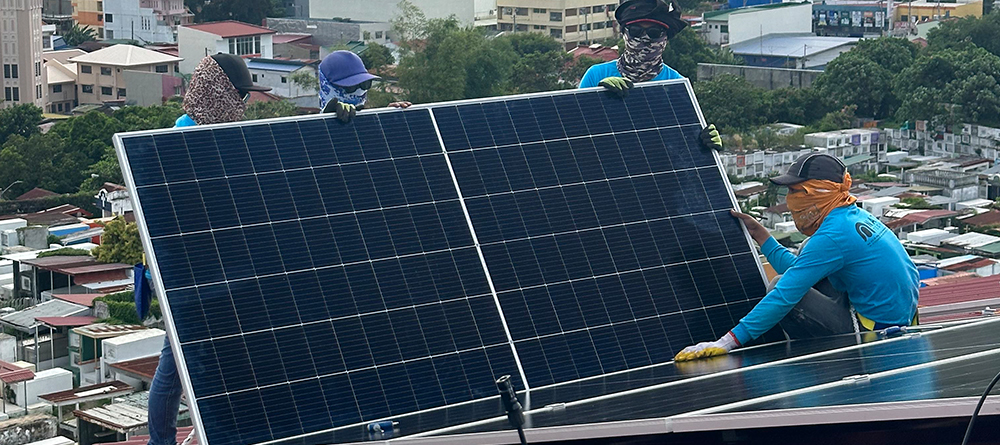


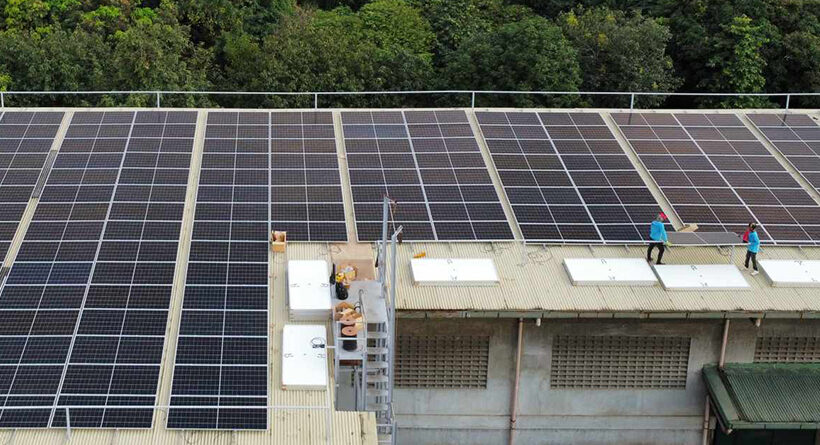
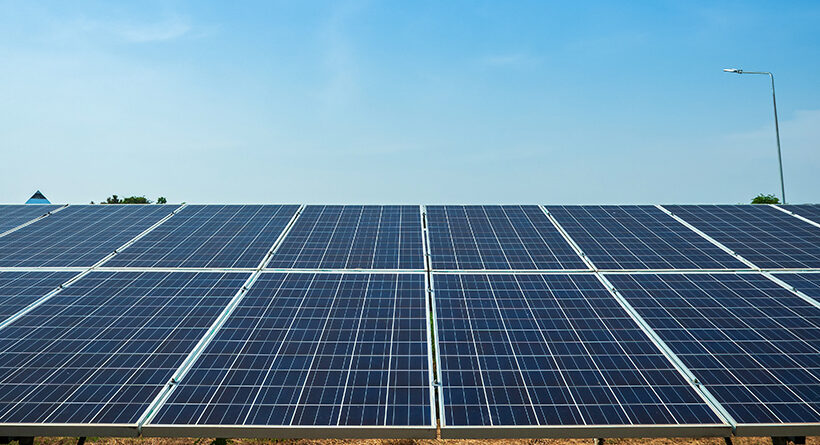


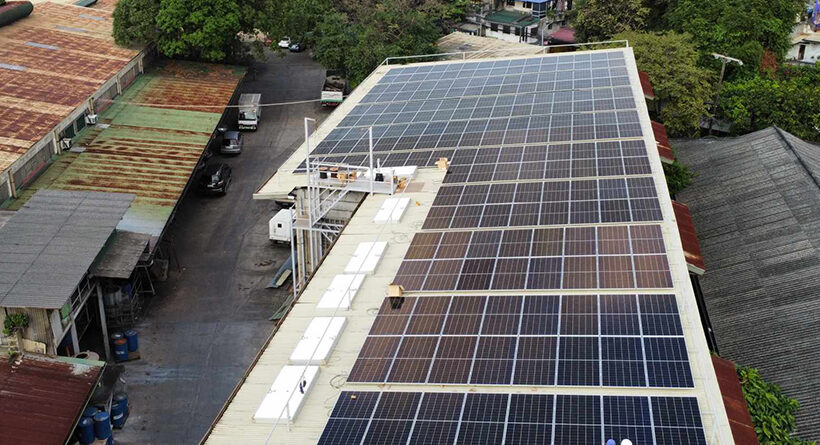
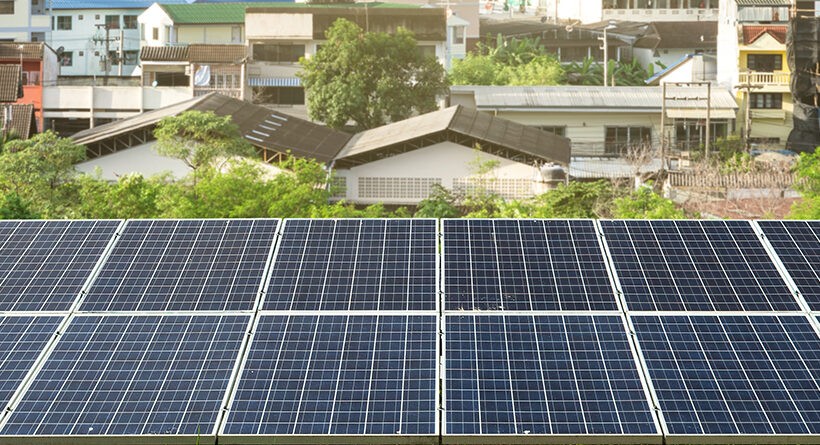

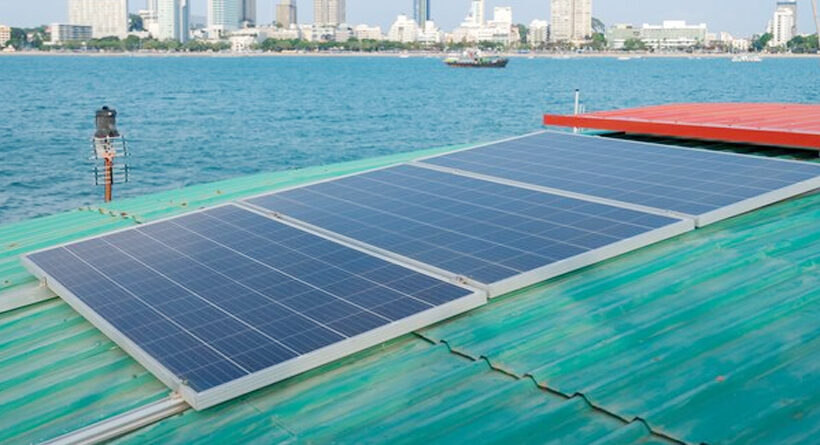
Leave a Reply